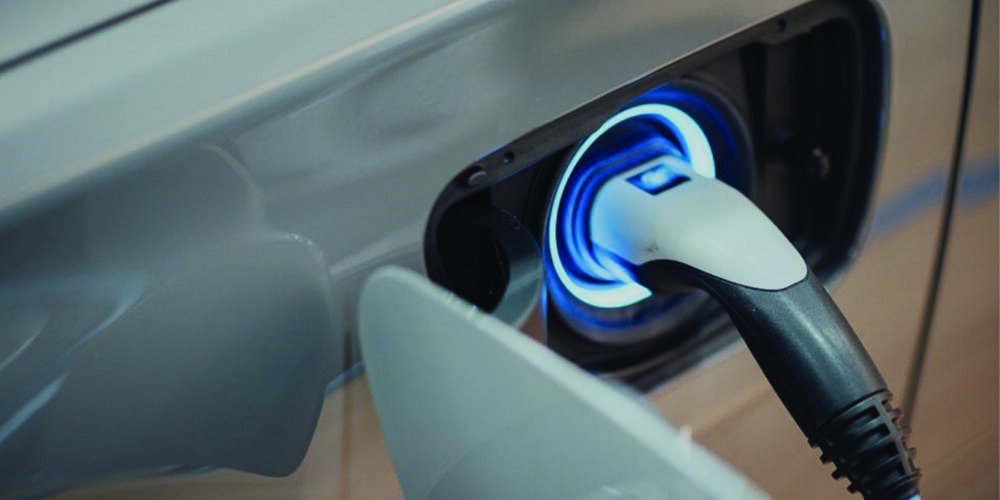The classic Sebring race of 1970 – when Mario Andretti’s Ferrari 512 passed the Peter Revson/Steve McQueen Porsche 908 in the closing minutes to win by a scant 23 seconds – is relived in a new hardbound book, 12 Hours of Sebring 1970. The book has more than 100 photos and includes comments from Andretti, Dan Gurney, Brian Redman and others who were part of that historic race. In fact, Sebring historian Ken Breslauer has said “…the 1970 race will long be remembered as one of the most exciting endurance races ever.”
Harry Hurst, the 19-year-old track photographer at Sebring in 1970, was fortunate enough to capture memorable images of the great cars and drivers of that era. For more than 30 years, these photos sat stored away until Hurst put them together in this incredible photo essay that tells the story of one race and the cars that made it great. 12 Hours of Sebring 1970 also includes contributions from other well-known race aficionados.
The 128-page cloth hardbound book, perfect for any race enthusiast or automotive collector, includes 111 photos in color and black and white duotones converted to print in four color. It is published by Hurst Communications and priced at $24.95 (plus shipping). To order, call 610-725-9600 or go online at ww.glorydaysofracing.com.
GM Commissions A Fuel Cell Truck to U.S. Army
Honeoye Falls, NY – General Motors Corp. and the U.S. Army announced in early April they are partnering to introduce the world’s first fuel cell-powered truck into U.S. military service. The U.S. Army took delivery of the crew cab pickup at the GM research facility outside of Rochester, NY, where the vehicle’s two fuel cell power modules were made.
The modified Chevrolet Silverado is equipped with two 94 kW fuel cell stacks, capable of generating 188 kW and 317 ft-lbs. of torque, or roughly the motor torque generated by GM’s 5.3L V-8 engine.
While the fuel cell pickup is for non-tactical use, it offers numerous benefits in military mobility and battlefield power generation. Other advantages are the inherent noiseless operation of fuel cell vehicles and an almost non-existent heat signature, both of which are major gains on the battlefield where avoiding detection is paramount to troop safety.
GM officials said its partnership with the U.S. Army can familiarize the military with the next-generation of commercially-developed fuel cell technology, help drive down costs, create potential for future joint development of fuel cells and promote the development of a hydrogen infrastructure.
The U.S. Army has the largest fleet of vehicles in the world. Improving fuel economy and reducing the logistics of the fuel supply chain could save millions of dollars. For example, it costs the U.S. Army up to $400 a gallon of gas to ship fuel to Iraq and Afghanistan.
The U.S. Army will evaluate the experimental truck until July 2006 at an Army base in Ft. Belvoir, VA. The vehicle will be used to deliver packages, but will not be used in combat. Rigorous testing is planned in different climates and locations around the U.S. to assess performance and give the military first-hand experience with hydrogen and fuel cells.
Source: General Motors
Is There a New Sheriff In Dodge?
The police car market might be on the verge of becoming interesting again as Dodge looks to once again enter the scene. The market has long been dominated by the Ford Crown Victoria, accounting for 85% of all cop cars sold in the U.S. But at the New York Auto Show in March, Dodge announced that it will roll out a police car version of Charger, in addition to the law-enforcement edition of Magnum announced last year.
DaimlerChrysler, Dodge’s parent, has a history with police cars. From the 1960s to the early 1980s, Chrysler’s share of that market ranged from 45% to 60% with cars such as Dodge Coronet and Plymouth Fury. After a 12-year hiatus, Dodge got back into the market with the Intrepid. However, the front-wheel-drive car had just 4% of the nearly 70,000-vehicle market before Dodge phased it out in 2003. For its police Charger, Dodge added enhanced brakes and a 340-horsepower Hemi engine. The cars will be tested later this year.
Source: USA TODAY













